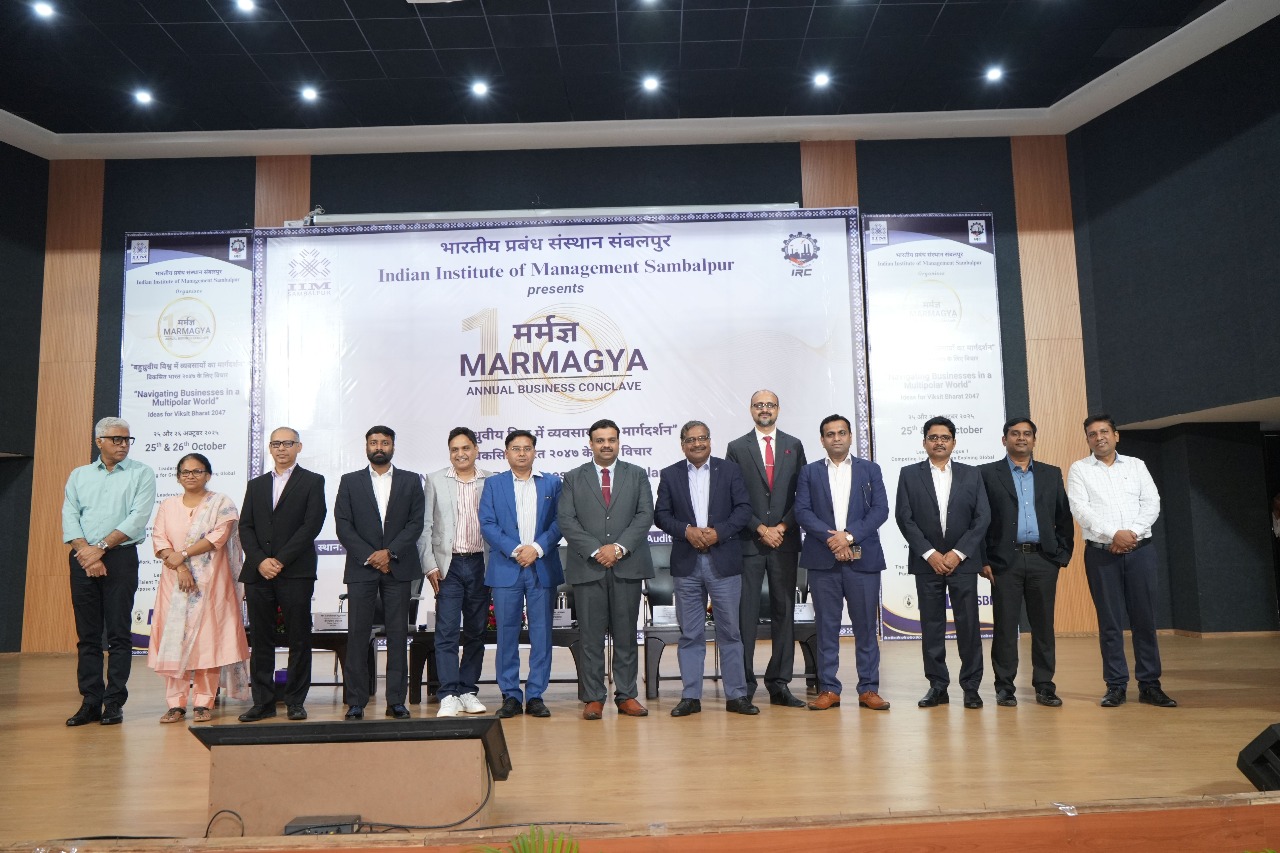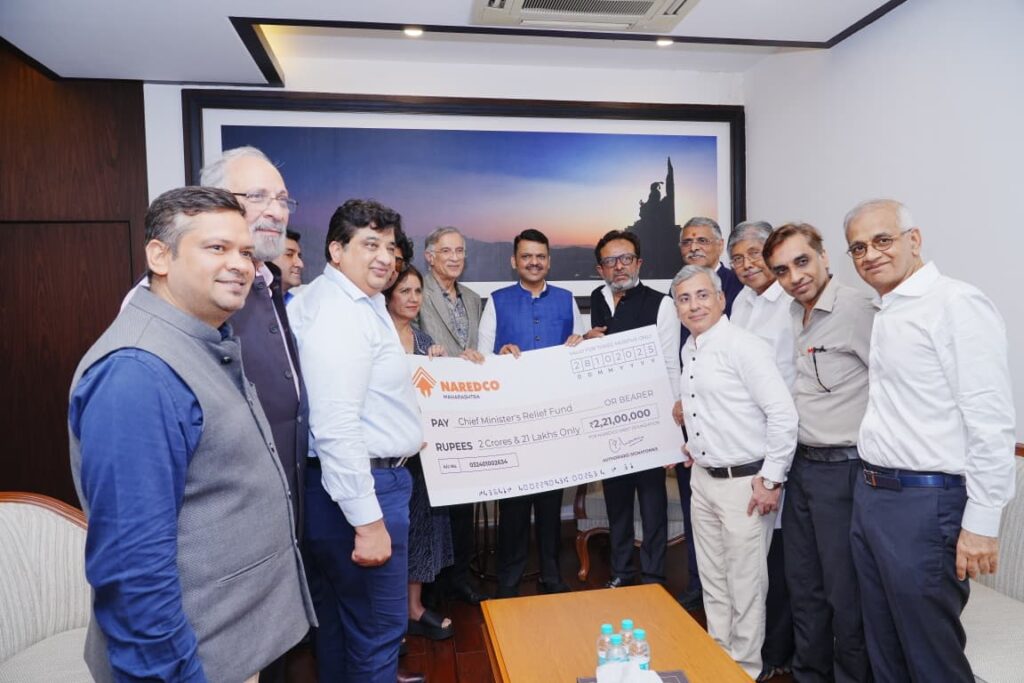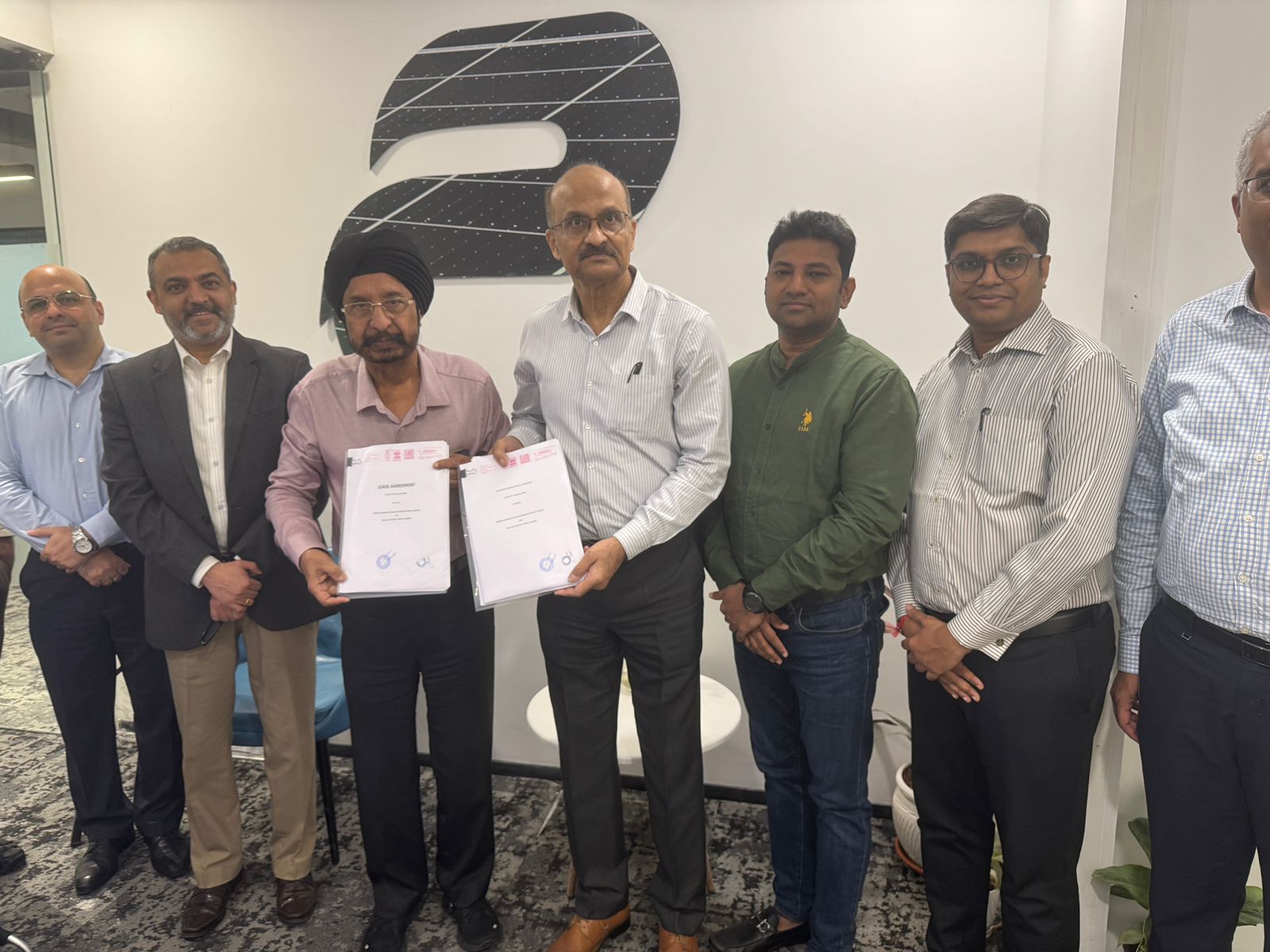Sambalpur, 30th October, 2025: In alignment with Hon’ble Prime Minister Narendra Modi’s vision of Viksit Bharat 2047, the Indian Institute of Management Sambalpur (IIM Sambalpur), one of India’s leading management institutions, hosted the 10th edition of its flagship annual business conclave, MARMAGYA 10.0. The theme for this year’s conclave was “Navigating Businesses in a Multipolar World: Ideas for Viksit Bharat 2047.” IIM Sambalpur is taking a milestone step with this event to inspire students to develop adaptive and globally relevant leadership skills while guiding businesses to collaborate with India’s vision of becoming a developed nation by 2047.

The event was graced by Abhishek Naidu, Global Head of Operations at Google, as the Chief Guest, Atul Kharate, Chief Operating Officer at Indian Oil Adani Ventures, as the Guest of Honor, and Vardhaman Agarwal, Director at EY, as the Keynote Speaker.
The conclave brought together students, entrepreneurs, and industry leaders from across the country, reflecting IIM Sambalpur’s commitment to fostering an Atmanirbhar Bharat through innovation, leadership, and collaboration. It also saw participation from senior representatives of leading organizations such as Google, EY, Indian Oil, Adani Ventures, Aditya Birla Group (UltraTech Cement), HCL Tech, ZOHO, Cushman & Wakefield, and several other prominent companies, highlighting its role as a premier platform for exchanging ideas and shaping the future of Indian business.
In his inaugural speech, Prof. Mahadeo Jaiswal, Director, IIM Sambalpur, said, “India’s vision of Viksit Bharat 2047 can be achieved through three models. First, increasing women’s participation in the workforce which is essential for economic growth , as highlighted by Claudia Goldin’s ( Nobel-laureates in Economics 2023). Second, inclusive model of governance institutions, highlighted by Daron Acemoglu, Simon Johnson & James A. Robinson, ( Nobel-laureates in Economics 2024). Third, innovation- and technology to create fresh ideas, and creative transformation which is vital for a sustainable economy by Joel Mokyr, Philippe Aghion & Peter Howitt (Nobel-laureates in Economics 2025)
Over the past decade, each edition of Marmagya has reflected the core of the business world, bridging the gap between academia and industry. From deep insights and strategic partnerships to operational excellence, this event provides a premier platform to foster the Make in India initiative.
On the transformative potential of AI, Chief Guest of the event, Abhishek Naidu, Global Head of Operations, Google, stated, “AI can empower education in underprivileged communities. IIM Sambalpur deserves praise for being the first IIM to integrate Data Science and AI into its curriculum.”
Guest of Honor, Atul Kharate, COO, Indian Oil Adani Ventures, remarked, “In the coming decade, India is set to become the third-largest crude oil processor, supplying petrochemical products globally. Growth in heavy industries and MSMEs is shaping a sustainable, strong economy.”
Keynote Speaker, Vardhaman Agarwal, Director, EY, said, “Marmagya is more than a business conclave- it is a leadership laboratory anchored in Innovation, Integrity, and Inclusiveness. IIM Sambalpur is shaping not just managers, but nation builders.”
This year, Marmagya began with an announcement where IIM Sambalpur introduced the Incubation Hub and Alumni Incubation Scheme as part of the Curtain Raiser for Marmagya 10.0 in Delhi, promoting entrepreneurial activities across the country. Over the past decade, the annual business conclave has evolved into a premier platform that brings together more than 26 visionary speakers and over 1,000 participants across various domains, including marketing, finance, operations, consulting, and technology reinforcing IIM Sambalpur’s core pillars of Innovation, Integrity, and Inclusiveness.




